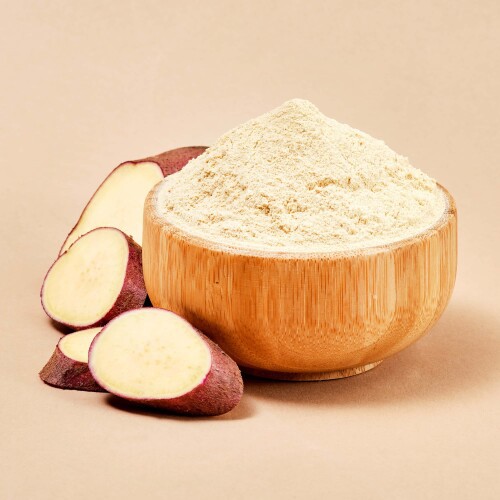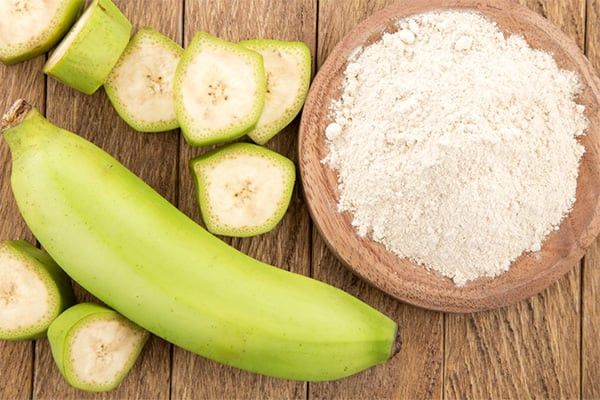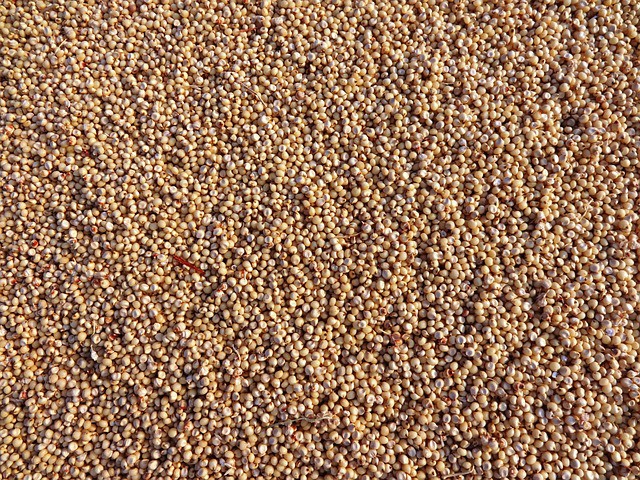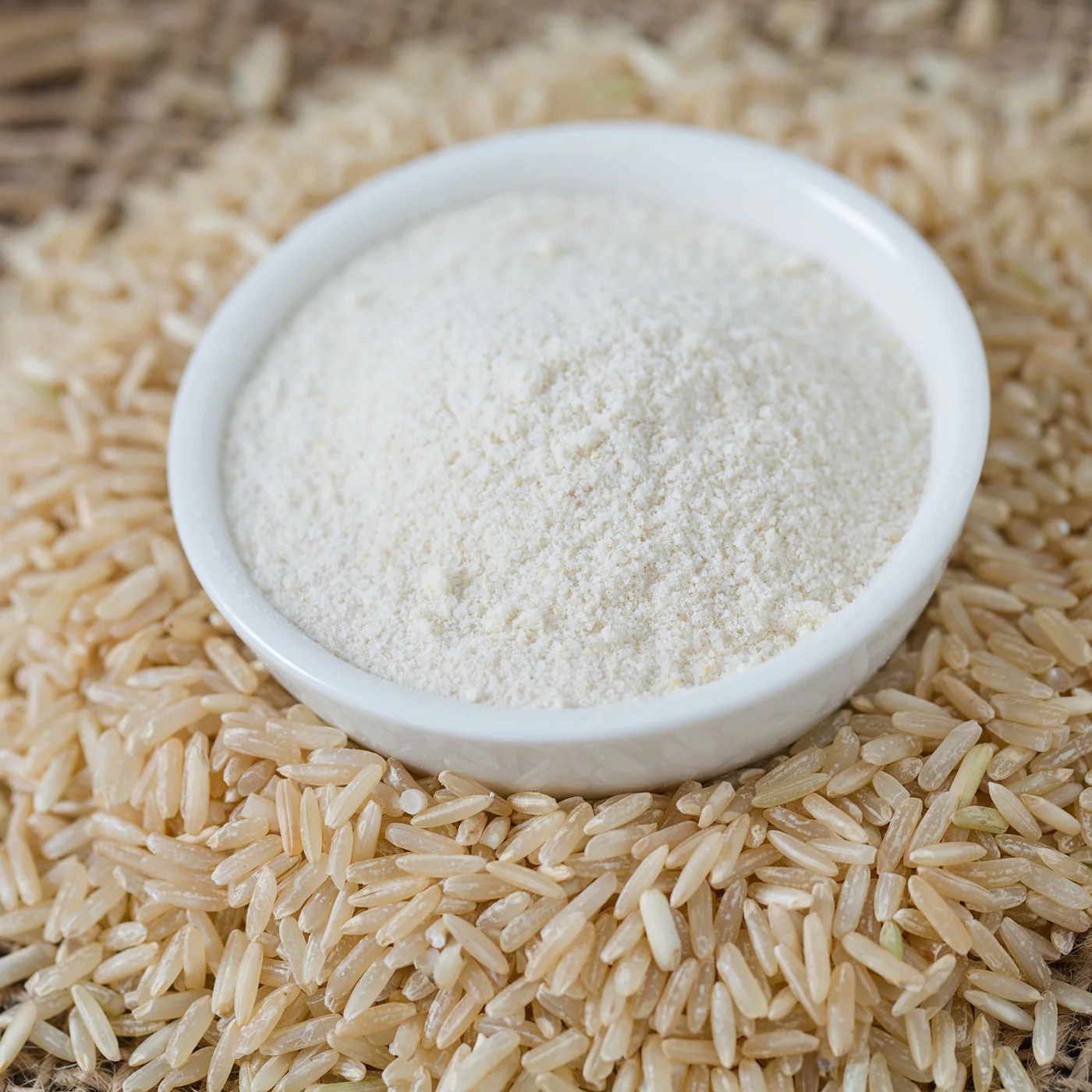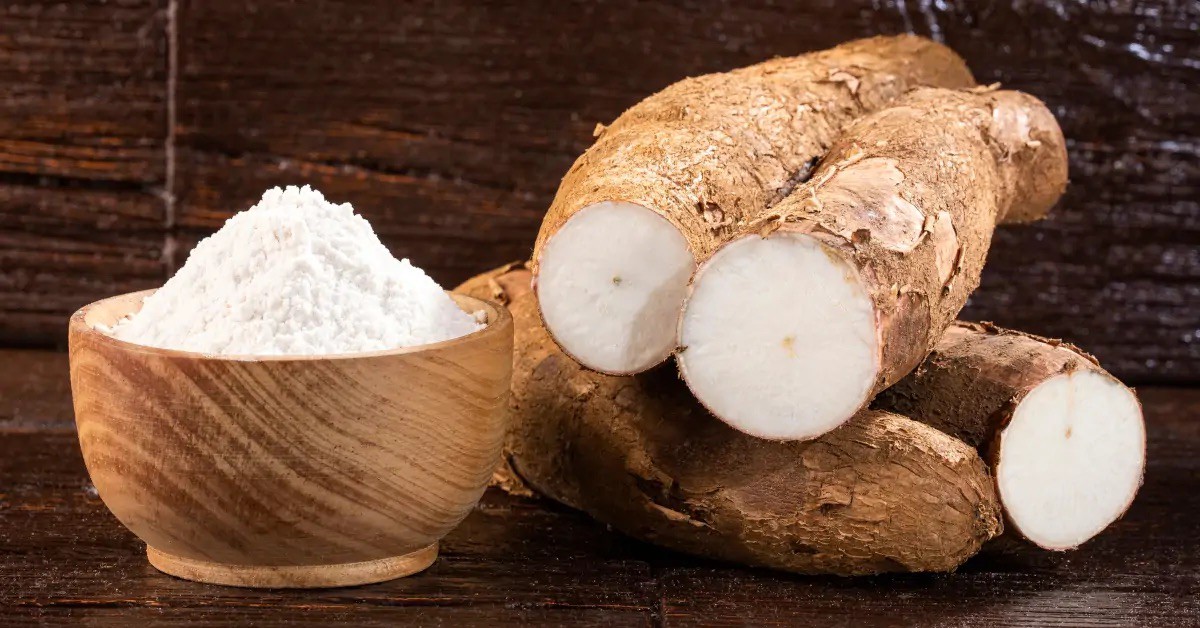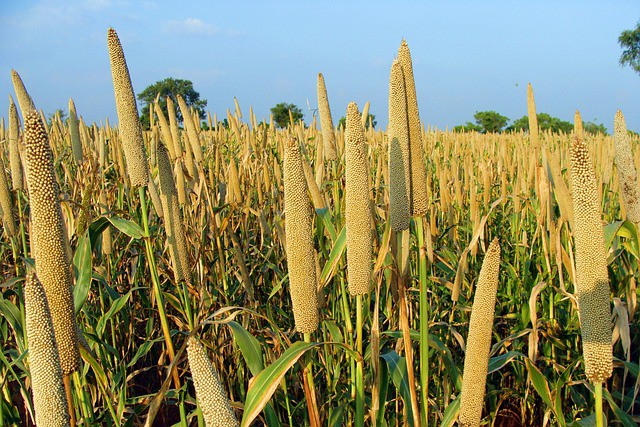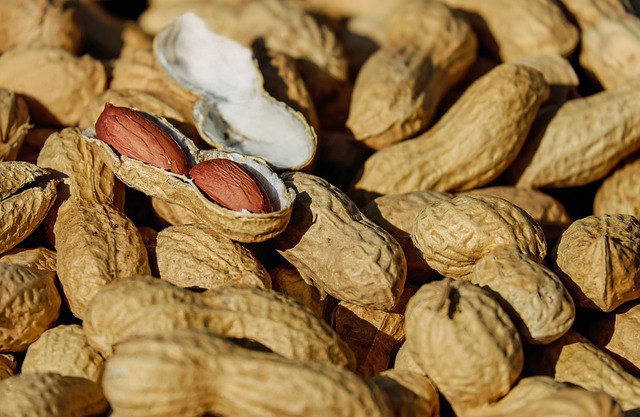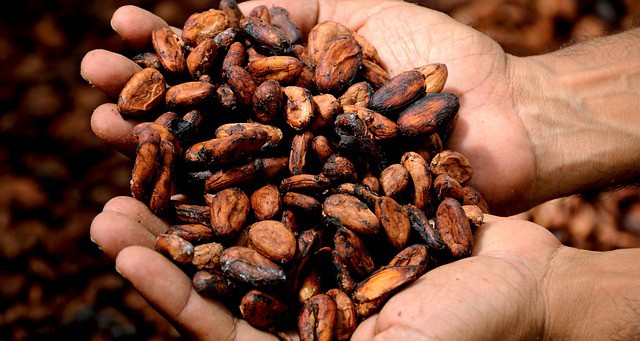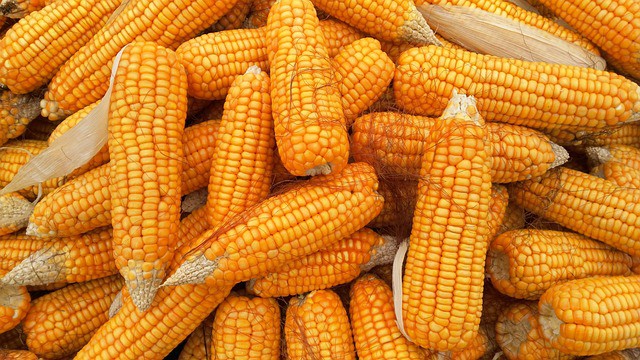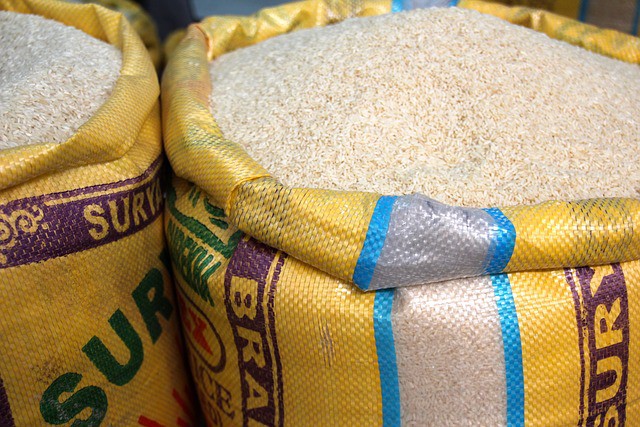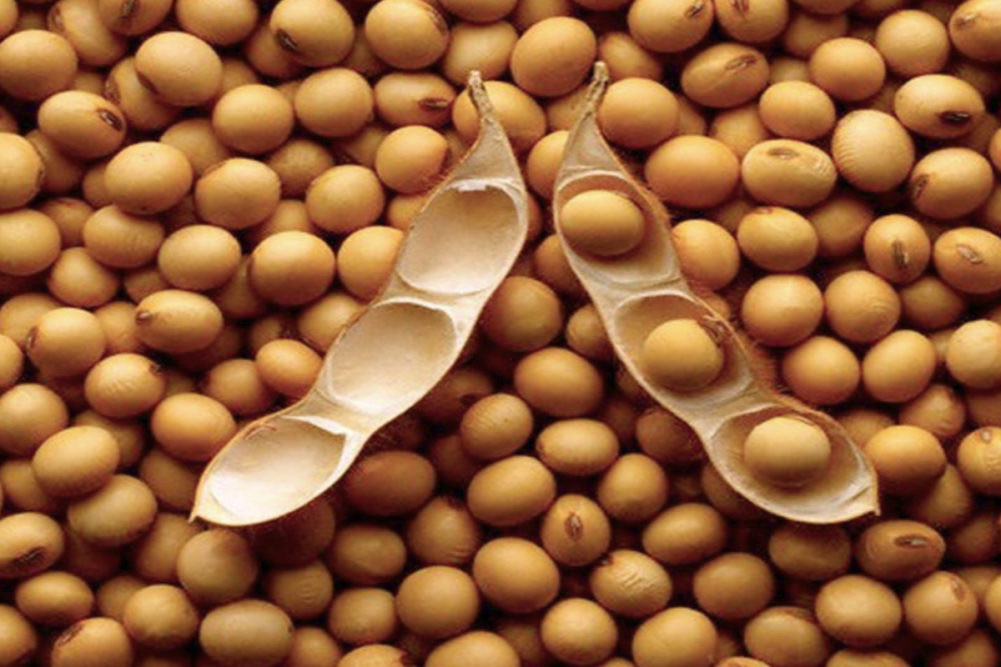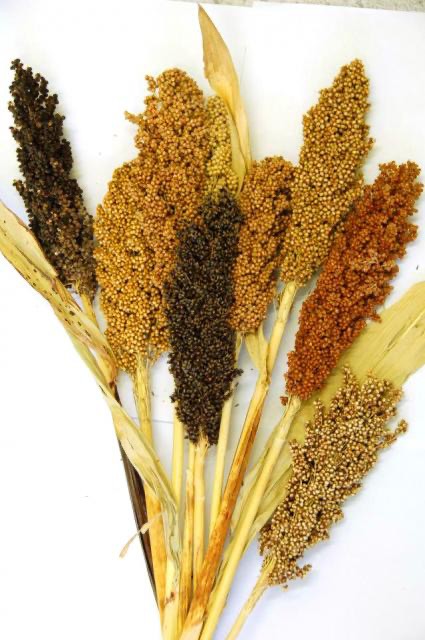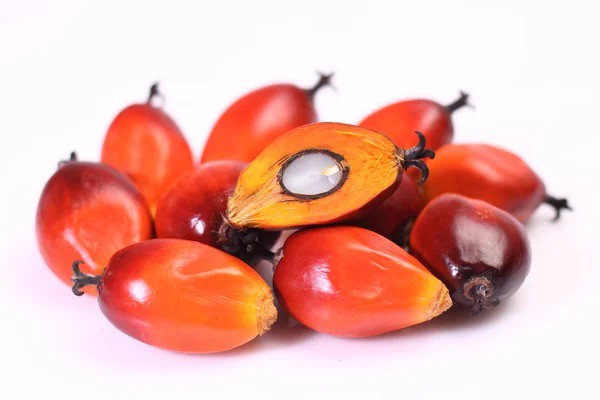

Noix de palme
Détails du besoin
Nom scientifique : Elaeis guineensis
Le palmier à huile est cultivé dans les pays chauds pour ses noix. En particulier en Afrique et en Asie. La noix de palme est le fruit du palmier. L’extraction d’huile des fruits de palmier donne de l’huile de palme rouge qu’on peut ensuite raffiner ; tandis que l’extraction d’huile des graines séchées du fruit donne de l’huile de palmiste. Ces huiles végétales ont de multiples usages et dérivés dans l’alimentation et l’industrie.
Le rendement du palmier à huile a progressé au fil des années pour atteindre un niveau proche du blé et du riz, malgré de multiples controverses internationales sur la gestion des palmeraies qui seraient une cause de déforestation. La sélection des semences améliore fortement le rendement et la résistance aux maladies. Il mesure 15 m à 25 mètres de haut, produit chaque mois, 2 fois par mois, et ceci pendant 25 à 35 ans. En culture industrielle en Afrique subsaharienne, elle peut atteindre 20 à 30 tonnes /hectare avec un taux d’extraction de 23 à 25%. Le Cameroun fait partie des plus grands producteurs au monde de palmier à huile.
L’huile de palme extraite des fruits du palmier à huile est et sera encore pour longtemps l’huile la plus consommée au monde, avec 76 millions de tonnes consommées aujourd’hui contre 5 millions il y a 40 ans. Son coût abordable, son rendement et sa compatibilité avec les process industriels en font une ressource prisée. Elle est utilisée pour l’alimentation humaine sous forme d’huile végétale alimentaire rouge ou raffinée. Elle est aussi utilisée en savonnerie, en cosmétique et dans la chimie.
L’huile de palmiste quant à elle est extraite de la pulpe du fruit décortiqué du palmier à huile. Elle est de couleur blanche à jaune palme et de densité solide à mi-solide en milieu tempéré. Elle est riche en acides polyinsaturés. Elle est également utilisée dans l’alimentation et dans le domaine de la cosmétique et dans le domaine chimique pour fabriquer des lubrifiants industriels. Elle est autorisée dans l’union européenne comme substitut du beurre de cacao.
Le palmier à huile aussi prisé pour sa sève qui permet de produire du vin de palme, boisson est très appréciée en Afrique de l’Ouest et Centrale.

